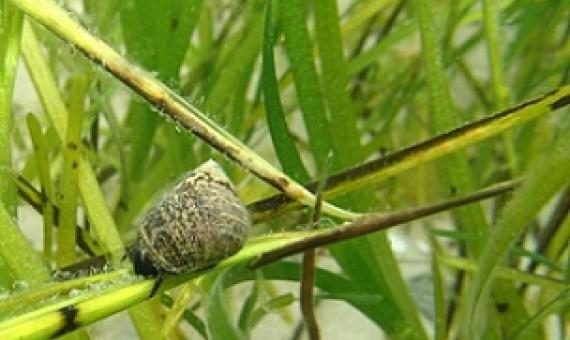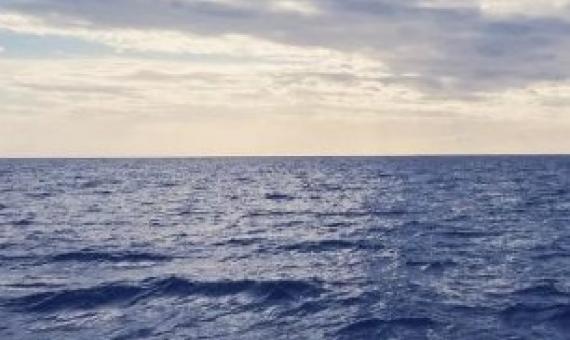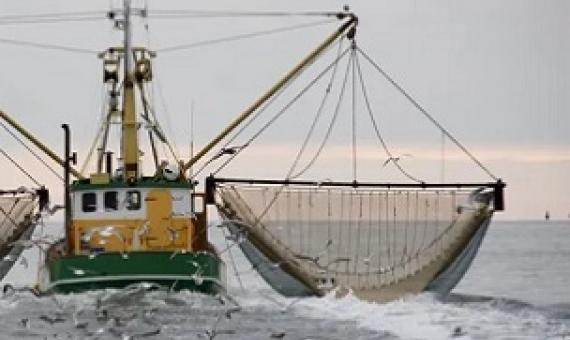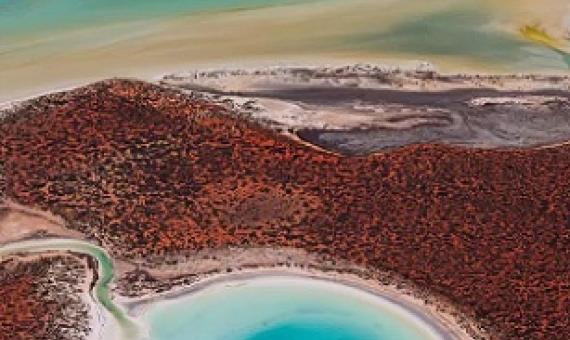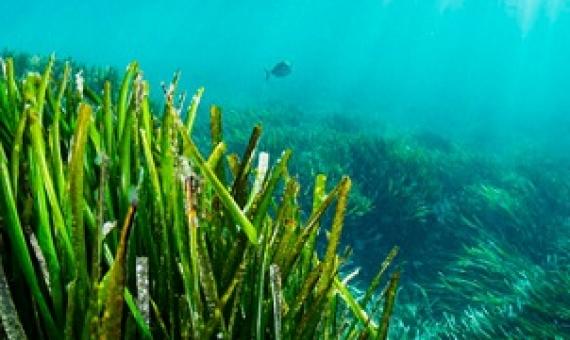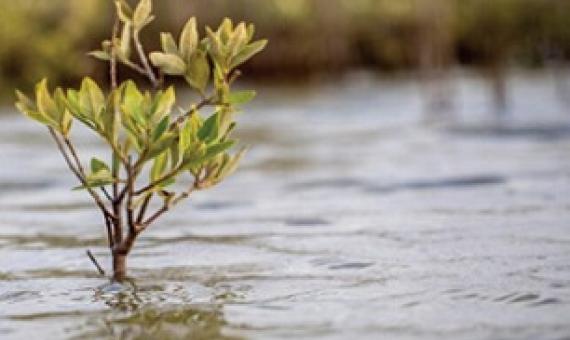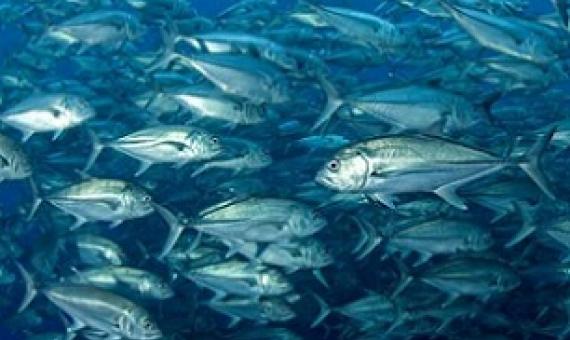Mangroves and seagrasses grow in many places along the coasts of the world, and these 'blue forests' constitute an important environment for a large number of animals...However, the plant-covered coastal zones do not only attract animals but also microplastics, a new study sho
The Federal Government is to make an additional $100-million available to manage ocean habitats and coastal environments and, it says, contribute to the fight against climate change.
Mangroves in Fiji represent an important coastal ecosystem. They provide critical multi benefits to coastal communities, as they protect shorelines from sea-level rise and extreme storm surges their intricate root systems also supports an array of diverse marine wildlife.
Protecting coastal “blue carbon” ecosystems like mangroves, seagrasses and salt marshes is 10 times more effective at sequestering carbon per area than terrestrial forests, and is just one ocean-based solution that can help mitigate climate change.
Funding the establishment of Marine Protection Areas (MPAs) – thus protecting them from activity by bottom-trawling vessels – could form an innovative new type of carbon credit scheme.
Custodians of the globe’s blue carbon assets
Over the last decades scientists have discovered that seagrass meadows, tidal marshes, and mangroves – “blue carbon” ecosystems – are among the most intensive carbon sinks in the biosphere. By sequestering and storing significant amounts of carbon from the atmosphere and ocean, blue carbon ecosystems help mitigate climate change. But conversion and degradation of these ecosystems can also release billions of tons of CO2 and other greenhouse gases into the ocean and atmosphere and contribute to global warming.
A report from the United Nations Educational, Scientific, and Cultural Organization (UNESCO) states that six marine World Heritage Sites in Australia are among the largest carbon stores on Earth and reinforces the need for greater conservation efforts. Out of all the UNESCO sites,
Last week, UNESCO released the first global scientific assessment of its World Heritage marine sites’ blue carbon ecosystems, highlighting the critical environmental value of these habitats.
High levels of dissolved calcium carbonate present in their bedrock indicate that Red Sea mangroves are capable of removing more carbon than previously thought, KAUST researchers have found.
An international team of scientists has found leaving more big fish in the sea reduces the amount of carbon dioxide (CO2) released into the Earth's atmosphere. When a fish dies in the ocean it sinks to the depths, sequestrating all the carbon it contains with it.

